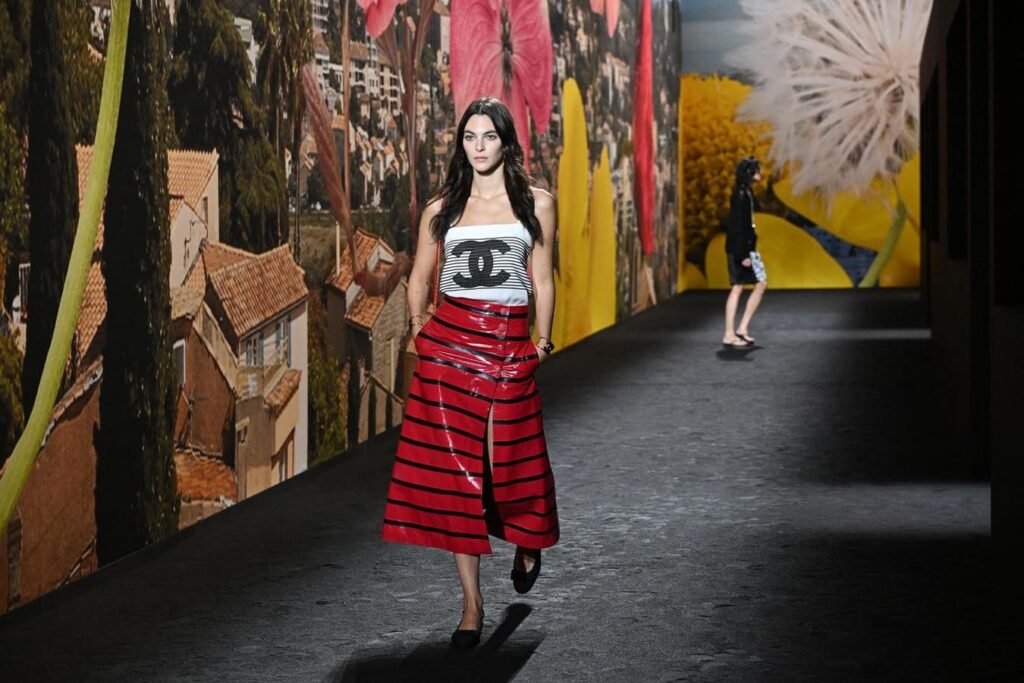Lacking inspiration for your next fashion purchase or unsure which clothes might suit you best? There’s an app for that. Technology start-up Glance thinks generative artificial intelligence (GenAI) will power the next evolution of e-commerce in the fashion sector.
“It’s a new way of shopping,” promises Glance’s founder and CEO, Naveen Tewari, who is better known as the entrepreneur behind unicorn mobile advertising platform InMobi. “We think of it as a shift from traditional browsing to inspiration-led discovery.”
To use Glance’s app, you upload a selfie of yourself and supply some additional information – your age, ethnicity and body shape, for example. Glance cross-references that information against 20 years of retail spending data it has amassed to generate suggestions for clothing items that you might like and look good in. These ideas are then presented via an avatar, based on your selfie, dressed in each garment. If you like yourself in one of those items, Glance’s app will then direct you to one of its 400 or so partner retailers to find a specific product.
GenAI drives a powerful customer experience, Tewari says. Trials of the app in the US have amassed 1.5 million users, half of whom have used the app at least once a week. Four in 10 users than tap through to begin a shopping journey. “The level of engagement is nuts,” Tewari notes.
Glance’s business model is built on taking a cut when shoppers directed to partners’ websites go ahead with a purchase. The company therefore needs large numbers of users to drive revenues. However, Tewari believes the open architecture of Glance’s technology will help with this; Glance’s tools can be embedded into hardware, with the company already signing deals with phone and television manufactures. “We turn phones into AI phones and TVs into household commerce devices,” Tewari adds. Getting to 50 million users over the next 12 months is not unrealistic, he claims.
It’s certainly a fascinating glimpse of one possible future for retail – and Glance is already working on plans to extend the technology to other verticals, including accessories and home furnishings.
The company is part of the broader trend towards visual search replacing text-based interactions with search engines. One recent study predicted that the global visual search market, valued at $35.5 billion in 2023, will be worth more than $150 billion by 2032, equivalent to an annual growth rate of 17.4%. “With visual search, the entire product catalogue becomes visible to the customers,” say analysts at Zion Market Research. “Visual search is a brilliant cross-selling tool that shows visually analogous products.”
Other types of visual search tool are already generating significant results. Amazon, for example, offers shoppers the option of uploading an image of a product they’re interested in and asking the ecommerce platform to find similar items. In the home furnishing space, retailers including Ikea, Target and Wayfair use apps that allow you to search for products by viewing how particular items would look in your home.
Technology continues to evolve at pace, with a growing number of innovative start-ups developing new tool. London-based visual AI e-commerce start-up Miros, for example, recently raised $6 million of new finance, with investors including the former Estonia President Toomas Hendrik Ilves.
Another player in this space is Pixyle AI, who I first interviewed three years ago. It works with e-commerce providers to help their shoppers find items more quickly – either through detailed descriptions of what they want or by uploading pictures of similar products.
Elsewhere, fashion sites such as The New Black AI are pursuing similar innovations to Glance. The New Black enables you to upload photos of yourself and any clothing items you’re interested in – it will then show you what you’ll look in them. Google is trialling something similar in the US; it has just launched a “virtual try-on” feature that enables people to upload a picture of themselves and then dress the picture in clothing that comes up in Google search results.
The future increasingly looks to be visual – particularly for younger shippers. One recent study found 62% of millennials and Gen Z consumers desire visual search capabilities more than any other new technology. The race is on to find the best ways to give them what they want.
Read the full article here

